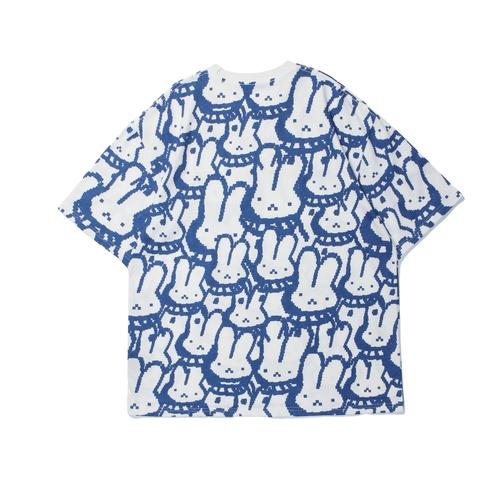Play with children’s clothing matching skills (Practical tips for children’s fashion matching guide)
Children’s fashion is a diverse and ever-changing field. It is not only It’s about children’s appearance, but also about their personality and self-expression. When choosing and matching children’s clothing, here are some practical tips to help parents create fashionable and cute children’s clothing combinations.
1. Consider the season and weather: First, consider the season and weather. Choose warm clothing in winter and breathable materials in summer. Also, choose the right outerwear and accessories according to the weather conditions.
2. Emphasis on comfort: Children are lively and active, and comfort is the primary criterion for choosing clothing. Choose soft, breathable fabrics to ensure your child can move freely and stay comfortable.
3. Understand children’s preferences and personality: Respect children’s preferences and personality and let them participate in the process of clothing matching. Clothing styles and patterns with individual characteristics can be chosen based on their interests.
4. Choose bright colors: You can choose some bright colors for children’s clothing, which can increase children’s vitality and self-confidence. Also, be careful to avoid colors that are too harsh or gaudy.
5. Get the right size: Choosing the right size is an important step in making sure your child is comfortable. Clothes that are too big or too small can affect your child’s mobility and appearance.
6. Match the upper and lower body: Pay attention to the overall coordination when matching the upper and lower body clothing. You can choose similar or matching colors and styles to ensure a harmonious overall match.
7. Add appropriate accessories: Accessories can add highlights to your child’s outfits. For example, hats, ties, belts, hair accessories, etc. can enhance the fashion sense of the overall look.
8. Avoid over-embellishing: While accessories are a great way to complement an outfit, be careful to avoid over-embellishing. Too much lace, ornate patterns or details can make the overall look cluttered.
9. Choose according to the occasion: Choose appropriate clothing according to the different occasions the child will participate in. For example, you can choose formal attire for formal occasions, while you can choose relaxed and comfortable clothing for casual occasions.
10. Focus on quality and durability: When buying children’s clothing, focus on quality and durability. High-quality fabrics and production processes ensure the comfort and longevity of the garments.
In short, matching children’s clothing is an interesting process. Parents can choose and match children’s clothing based on the above practical skills. It is important to respect the individuality of children and allow them to show their unique charm in fashion.





